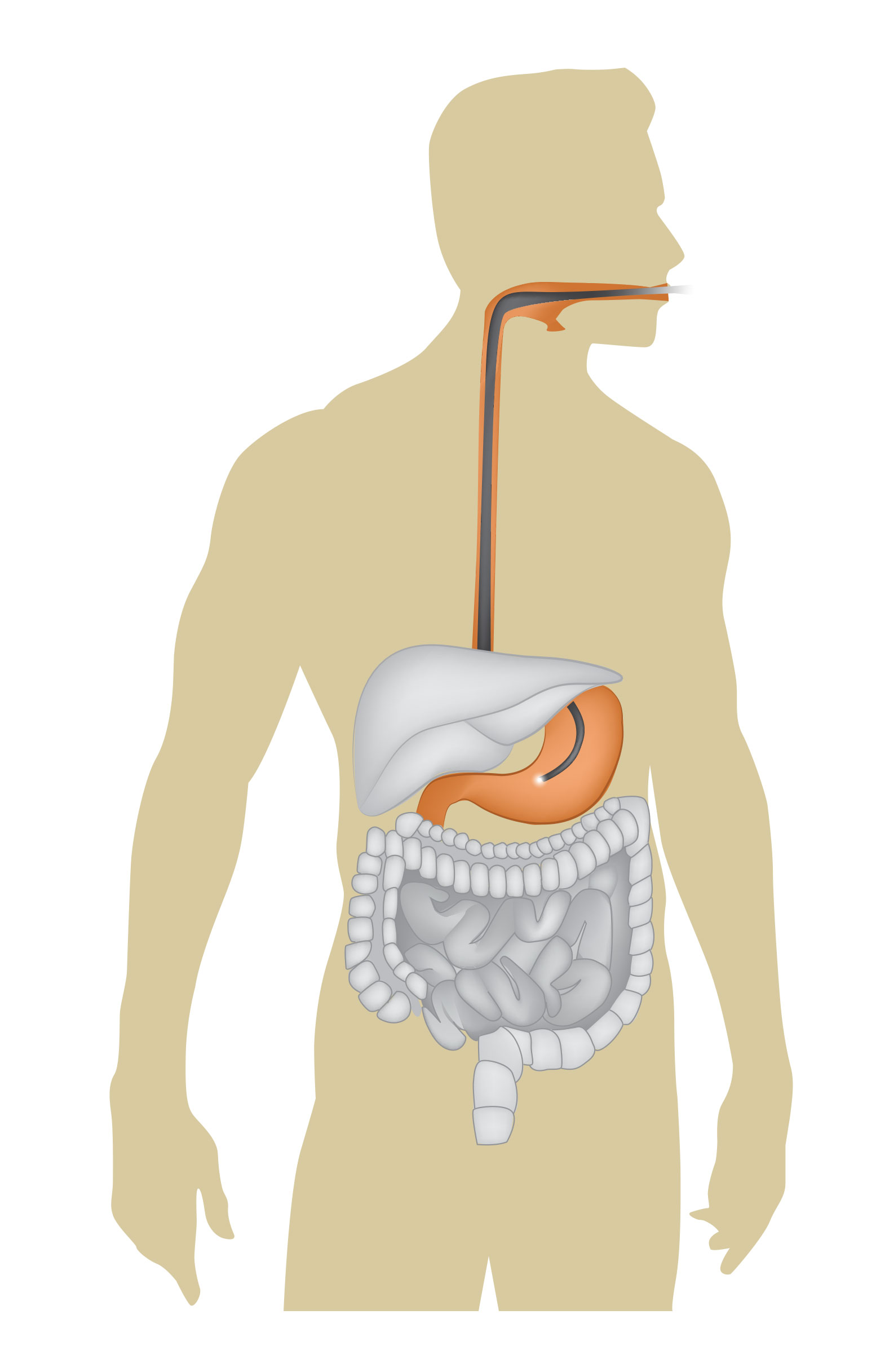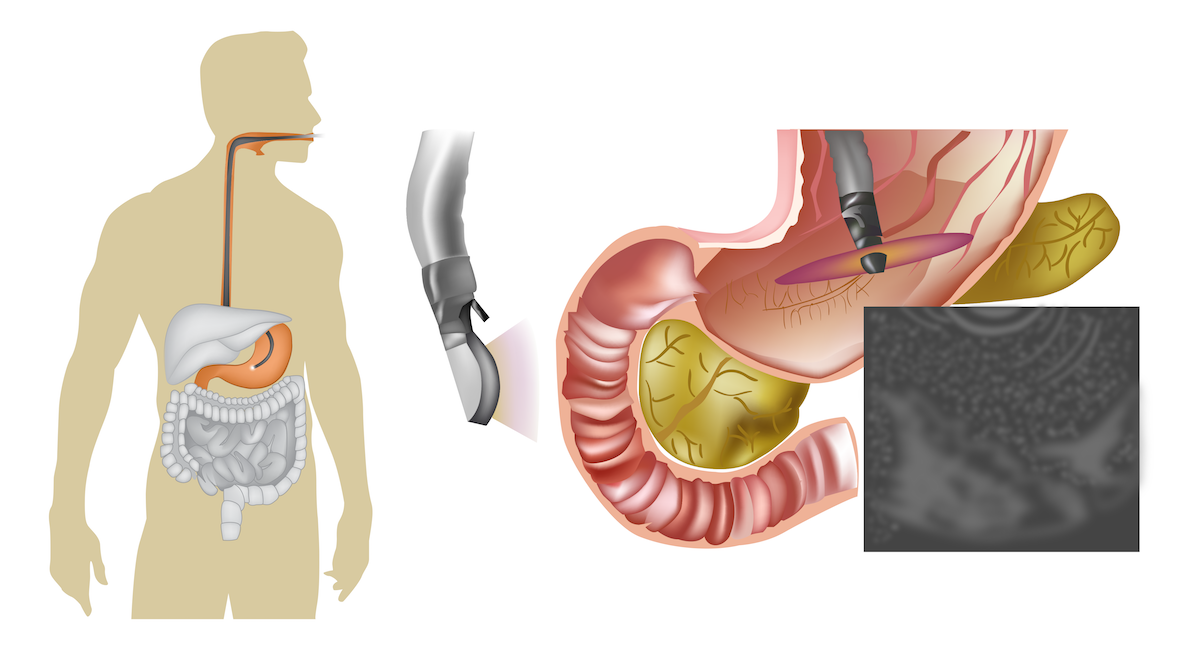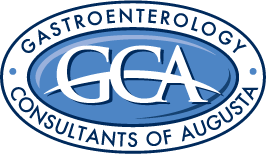Endoscopy
Note: You will receive a endoscopy prep instructions for any of the procedures below via our patient portal prior to your procedure. If you do not receive these within seven days of your procedure, please call our office right away!

EGD—esophagogastroduodenoscopy
An EGD is a procedure that examines the esophagus, stomach and first part of the small intestine using a flexible tube. The procedure, known more formally as an esophagogastroduodenoscopy or upper GI endoscopy, is used to diagnose the cause of problems such as abdominal pain, heartburn, swallowing problems, or bleeding in the GI tract. The endoscope used by the doctor contains a light and a tiny camera at the end, and enables small tools to be passed through a channel to take tissue samples, remove polyps and perform therapeutic procedures.
The EGD procedure is conducted with sedation and a local anesthetic to keep patients comfortable. Patients should not eat or drink prior to an EGD, and will need to take important steps to prepare for the procedure.
Endoscopic Ultrasound
An endoscopic ultrasound is a procedure that uses sound waves to examine the lining and walls of the gastrointestinal tract using a special endoscope with an ultrasound device at the tip. The ultrasound also enables doctors to study neighboring organs such as the biliary system and pancreas that lie next to the gastrointestinal tract. Depending on the area to be examined, the scope is inserted into the mouth or rectum.

The endoscopic ultrasound procedure is conducted with sedation to keep patients comfortable. Patients will need to take important steps to prepare for the procedure.
Capsule Endoscopy
A capsule endoscopy, sometimes known as a pill-cam, is a more specialized procedure that allows the doctor to see areas in the digestive tract inaccessible by other diagnostic tools. The patient swallows a clear capsule containing a tiny camera about the size of a multivitamin tablet. The capsule takes pictures of the digestive system as it moves through the esophagus, into the stomach, through the small intestine and colon. A small monitoring device worn by the patient records the images and data transmitted by the capsule. The capsule is excreted naturally after traveling through the digestive tract.
The capsule endoscopy does not require any sedative, as there is no discomfort . Patients will need to take important steps to prepare for the procedure.
ERCP—Endoscopic Retrograde Cholangio-Pancreatography
An ERCP is a type of procedure that uses an endoscope to examine the pancreatic and bile ducts. The endoscope used contains a light and a tiny camera at the end, and enables a contrast dye to be injected through a tube. The dye allows the doctor to look for blockages in the neighboring ducts. If problems are found, the doctor can pass tools through the endoscope to open up blocked ducts, insert stents, or take tissue samples.
The ERCP procedure is conducted with sedation and a local anesthetic to keep patients comfortable. Patients should not eat or drink prior to an ERCP, and will need to take important steps to prepare for the procedure.
Endoscopy is an important, sometimes livesaving procedure. To schedule a Endoscopy, or to find out more, please contact our office at (706) 868-0104 for more information.
The content on our website is for informational purposes only, and is not intended to diagnose or treat any medical conditions. Always seek the advice of your physician with any questions you may have regarding your health.
